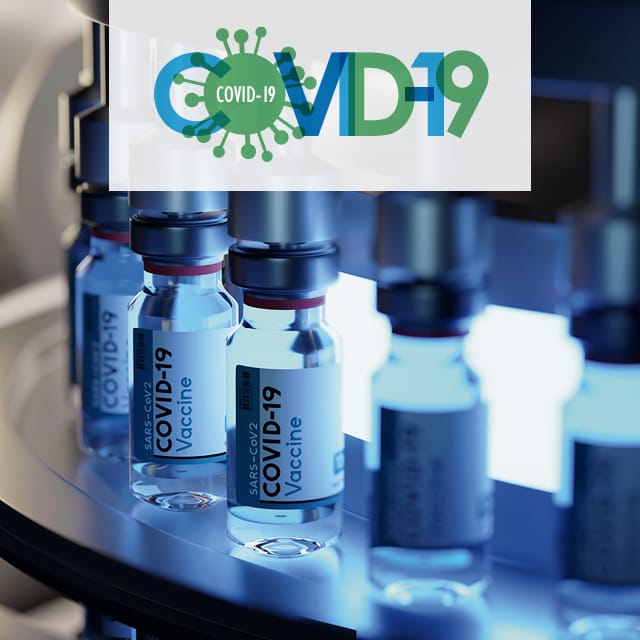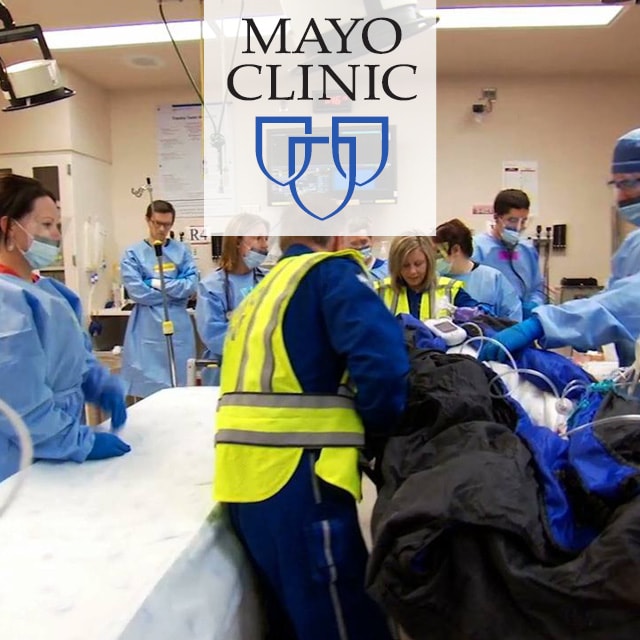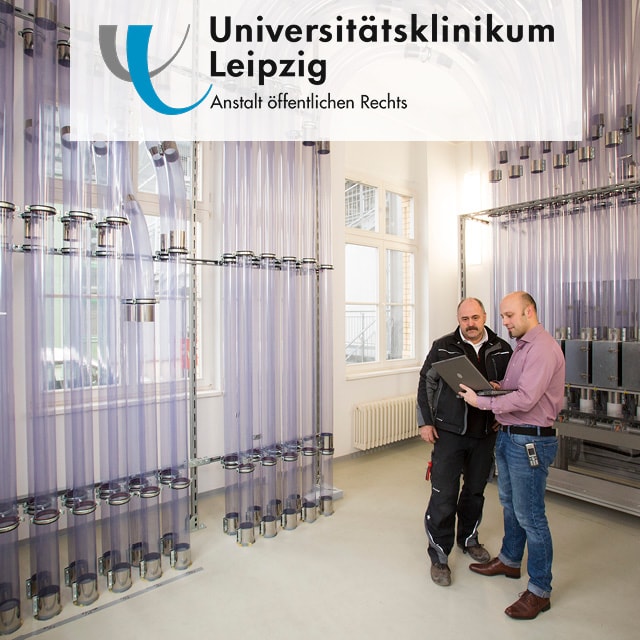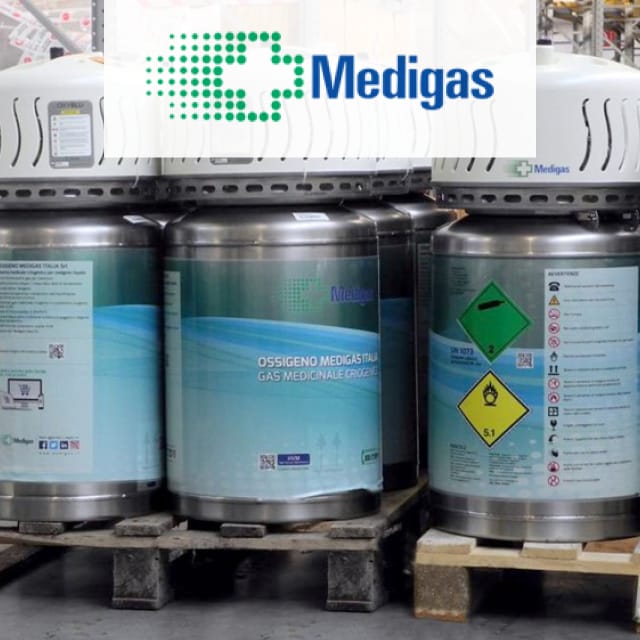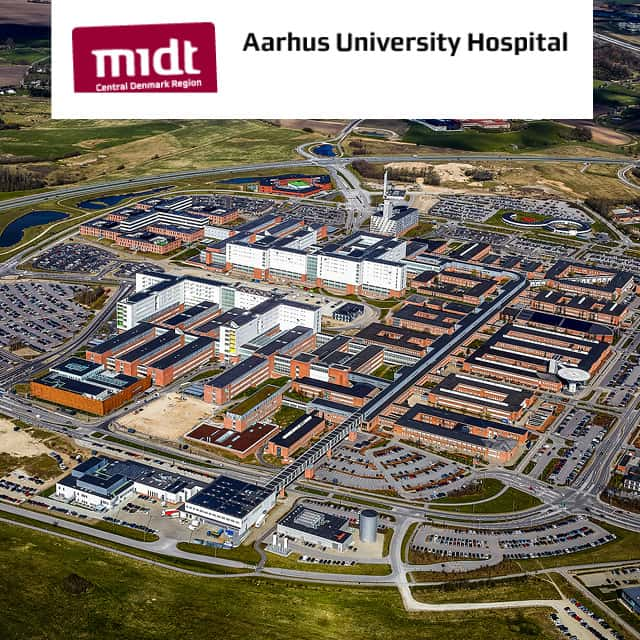
Digitized Contact Tracing at Bay State College
Bay State College creates a safe and trusted campus experience through digitized contact tracing.
The objective was to safely resume on-campus classes in the fall of 2020 and maintain operations should isolated parts of the community contract COVID-19. It is now possible for university administrators to quickly learn where an infected person has traveled on campus, identify those who were in contact with the person for at least 10 minutes and notify those individuals so that they can be isolated and monitored. Approximately 300,000 lines of location data are generated daily.
Founded in 1946, Bay State College provides students with relevant hands-on skills and a strong educational foundation. The college is known for its small classes, personalized attention, and career-focused curriculum. Bay State College’s education helps students achieve their full potential as ethically and socially aware citizens.
Process Requirements
During the early days of the COVID-19 pandemic, leadership at the private college began exploring how they could safely resume on-campus classes in the fall of 2020 and maintain operations should isolated parts of the community contract COVID-19.
The college wanted to align its re-opening plan with government health department guidance stating contact tracing as one of the most important efforts to help slow the spread of COVID-19. But administrators knew that manual efforts to identify who on campus has been in contact with whom would be time-consuming and likely insufficient to catch and stop transmission. It was equally important for a contact tracing solution to strike a balance between individual health safety and personal privacy.
Objectives of Bay State College
- Contact tracing of all individuals on campus, taking into account both individual health safety and personal privacy
- Resuming on campus classes in a safe environment
- Controlling the spread of COVID-19 in real-time on campus
The Bay State College Solution
Bluetooth Low-Energy (BLE) beacons are at the core of a robust contact tracing solution at Bay State College. They help ensure that only trusted students, faculty, staff members, and visitors can enter the campus, and that the campus itself can be trusted.
The college found the beacons in the form of badges to have the benefit of being an easy extension of existing ID cards. As an alternative to badges, users can carry fobs with these same beacon capabilities. The fobs or badges can be issued to anyone entering the premises, and administrators can define all distancing policies and alert parameters for mitigating an infection outbreak per public health guidelines.
The college installed a new wireless network that includes access points with dedicated Bluetooth radios and antennas throughout its campuses. The Wi-Fi network is used to detect the BLE beacons. Each student, staff, faculty member and visitor on campus must carry a beacon inside a badge holder on a lanyard at all times.
Since they are carried around campus, the beacons generate roughly 300,000 lines of location data per day. This information is captured and stored in a database for real-time and historical analysis. By querying this database, the college can triangulate the location information from multiple access points to determine the relative location of everyone on campus—much like how GPS is used with cars and phones.
In the unfortunate event that an individual becomes infected, university administrators can quickly learn where the person traveled on campus, identify those who were in contact with the person for at least 10 minutes, and notify those individuals so they can be isolated and monitored.
Balancing individual health safety and personal privacy, all data collected using the beacon is destroyed after the 14-days in accordance with the typical viral infection period. During those 14 days, the data can only be accessed by senior IT department staff and used only for contact tracing purposes. Also, the beacons only transmit a device Media Access Control (MAC) address that does not contain any personal information, making it useless to anyone outside the IT department.
The college also uses the beacon data to monitor a real-time count of the number of individuals on campus at any point in time. This ensures that they are following Massachusetts state and local occupancy level guidelines.
Technology Partner
Hardware & Software
- HID Global – HID BEEKs™ Bluetooth Low-Energy (BLE) beacons
Advantages
- The safe resuming of in-person classes
- Enabling campus operation in the event of an infection
- Improved safety of students, faculty, staff members and visitors on campus
Learn More
Questions? Get in contact with the editorial team!
Technologies
Application Fields


